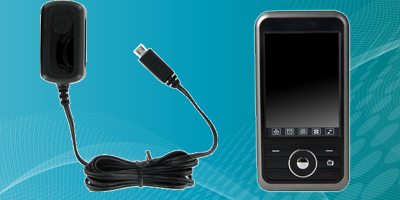
A new hacking method silently forces your phone into data-transfer mode—without your consent—exposing your personal files in milliseconds.

A new cybersecurity threat known as choicejacking is raising fresh alarms about the safety of public charging stations. While most smartphones today prompt users to choose between “charging only” and “data transfer” modes when plugged into USB ports—helping to prevent so-called “juice jacking” attacks—researchers have discovered that these safeguards can now be bypassed.
Uncovered by researchers from Graz University of Technology in Austria, choicejacking allows a malicious charging station to impersonate input devices such as keyboards or mice and inject commands that force the phone into data-transfer or debug mode—all in just 133 milliseconds, faster than the blink of an eye. This gives the attacker access to personal data such as photos, contacts, and documents, and in some cases, may even allow malware installation. What’s especially concerning is that this happens without the user’s awareness or consent.
Choicejacking is particularly dangerous because it manipulates a device into making decisions users never intended—all without them realizing it. The threat affects both Android and iOS devices, although Android appears to be more susceptible due to broader input protocol support.Originally, USB threats like juice jacking were addressed by operating systems prompting users to approve any data transfer, but choicejacking sidesteps these prompts entirely by exploiting low-level input protocols such as keystroke injection, buffer overflows, or Bluetooth interface abuse. Public USB ports should never be treated as safe, and awareness is the first line of defense.
To protect yourself, experts recommend avoiding public USB charging ports altogether. Instead, use a portable power bank or your own charger connected to a trusted wall outlet. Keeping your phone’s operating system up to date is crucial, and on some Android devices, enabling a “charge only” mode can add an extra layer of protection. Finally, try to avoid letting your battery fall below 10% so you’re not caught in a situation where you have no choice but to use a risky charging option. When it comes to USB ports, if it’s not yours, don’t trust it.









